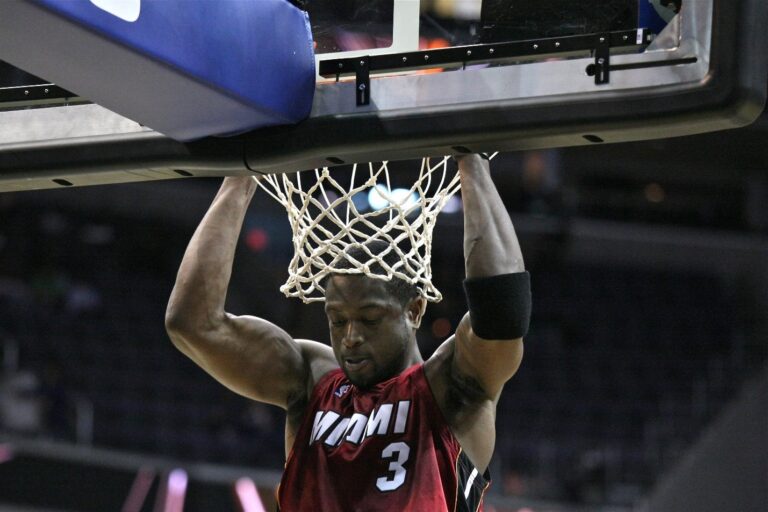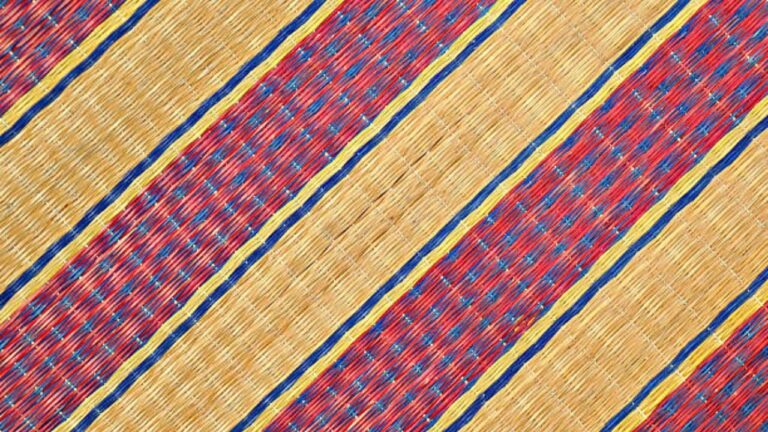How does the Server Work, and What are the Components of it?
Did you know that without servers, the World Wide Web (www) wouldn’t exist? And without the web, most of our modern world work wouldn’t function. Think about it—online shopping, online banking, and any website we access so easily from our phones, tablets, and computers wouldn’t be possible without servers. Server quietly powers everything we rely on in our everyday lives, making it the backbone of these digital services.
But what exactly is a server? To put it simply, servers are like computers that provide information to other computers linked to them by a network; however, servers are more powerful than your average desktop.
How does the server work?
A server works by managing and distributing information, data, and resources across various networks. The whole process works on a client-server model, where the server is the resource provider, and the user requesting services is the client. When a request from client devices like phones, tablets, or computers comes in, the server provides the necessary data or services, like accessing a website, retrieving files, or running applications.
Servers handle complex processes, such as responding to multiple user queries every second and hosting websites with a lot of content. They also set up shared drives for the devices on the network and manage heavy tasks, such as processing database transactions, which require a lot of computing power.
What are some key components of a server?
Servers can execute code, receive or transmit data, and store this data for a shorter or longer duration; these are all possible because servers are made up of many components. Each component is crucial to a server’s functionality, affecting everything from processing speed to data security.
Let’s take a closer look at these components:
Motherboard:
It is the heart of any server. It is an electronic circuit board to which all the other server components are attached. The motherboard ensures communication between all the components. It accommodates the central processing unit (CPU), random access memory (RAM), chipset, BIOS chip, an array of external connectors, and input/output ports for keyboard, mouse, and printer.
Central Processing Unit (CPU):
The next critical component is the central processing unit – the brain of a computer. It is responsible for processing inputs, storing data, and outputting results. Server CPUs are much more powerful than the processors in an average computer, as they compute multiple data clusters and execute thousands of instructions in one go.
Random Access Memory (RAM):
Like our brain’s short-term memory, RAM provides temporary storage for data and instructions currently being processed. As servers work on multiple instructions, retrieving data from RAM saves a lot of time compared to fetching data from hard drives. Thus allowing the CPU to process data faster.
Power Supply Unit (PSU):
No servers can function without power. The power supply unit receives the power from an electrical outlet and distributes it to the server motherboard, storage devices, and all the other components. Power is critically essential for a server to function, so having redundant power supplies is often considered. This means that if the main power supply fails, the backup power supply can take over seamlessly without disturbing the function of the server.
Storage Devices:
Servers need storage for the operating system, website and applications, codes, data files, and other resources. Several types of storage are available for servers, including hard disk drives (HDD), solid-state drives (SDD), and non-volatile memory express (NVMe). Typically, HDD is the primary storage device on any server; however, modern servers often use SSDs as they offer faster data access speeds. The choice between SSD and HDD depends on the application requirements and budget.
Network:
Servers need a network connection to communicate with client devices. This connection is created through a network adapter—a local area network (LAN), wide area network (WAN), or the Internet—which facilitates the server’s ability to send and receive data efficiently over these networks.
Graphic Processing Unit (GPU):
A GPU is a type of processor that speeds up graphics and video rendering by processing a large amount of data simultaneously. GPUs usually come in two forms: integrated GPUs and discrete GPUs. Integrated GPUs are built into the motherboard and cannot be replaced or upgraded. However, discrete GPUs are mounted on a graphics card into the server’s expansion slot on the motherboard, which means they can be replaced or upgraded as newer graphics cards are developed.
You must be thinking, these are exactly what computers are made of. Well, although these components are also present in modern-day computers, laptops, and smartphones and basically play the same role, they are much more powerful in server machines.
We hope this article helped you understand what exactly a server is and its key components.



